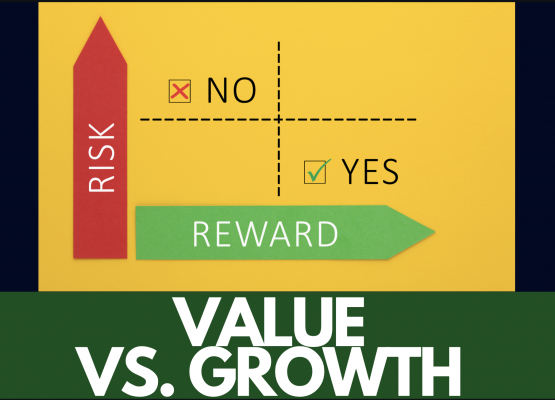Index funds are a way to build exposure to the broad market for a low cost. They provide instant diversification and the ability to invest in a wide variety of assets within a single investment product.
When it comes to index funds, however, not all of them are created equal. Some index funds will track different indexes and invest in assets besides just stocks, while others may have higher costs and may be more or less diversified.
That’s why I wanted to discuss five index funds today that can widely diversify your portfolio for a low cost, across the entire U.S. stock market. Let’s get started!
Here are five low-cost index funds that provide exposure to the U.S. equity market:
- Vanguard Total Stock Market Index Fund (VTSAX): This fund seeks to track the performance of the CRSP US Total Market Index, which includes almost all publicly traded US stocks. The expense ratio is 0.04%, making it one of the lowest-cost index funds available.
- Schwab Total Stock Market Index Fund (SWTSX): This fund tracks the performance of the Dow Jones U.S. Total Stock Market Index and has an expense ratio of 0.03%. It provides broad exposure to the U.S. stock market, including large-cap, mid-cap, and small-cap stocks.
- iShares Core S&P 500 ETF (IVV): This ETF tracks the performance of the S&P 500 index and has an expense ratio of 0.03%. The S&P 500 is one of the most widely recognized benchmarks for the U.S. stock market and includes 500 large-cap US stocks.
- Fidelity Total Market Index Fund (FSKAX): This fund seeks to track the performance of the Dow Jones U.S. Total Stock Market Index and has an expense ratio of 0.015%. It provides broad exposure to the U.S. stock market, including large-cap, mid-cap, and small-cap stocks.
- SPDR S&P 600 Small Cap ETF (SLY): This ETF tracks the performance of the S&P SmallCap 600 index and has an expense ratio of 0.15%. The S&P SmallCap 600 includes 600 small-cap US stocks and provides exposure to this segment of the U.S. equity market.
You could mix and match these ETFs and mutual funds however you please, based upon your investing goals, objectives and risk tolerance. If you only wanted to invest in one of them for example, you’re still investing in a highly diversified fund, and thus are spreading out your risk across a wide portion of the market. By dollar-cost averaging on a regular basis and investing in any combination of these funds, you can build a highly diversified portfolio that lasts for years and decades to come.
You can even get started investing today with an online discount broker if you choose. It’s a fast and easy way to get instantly diversified in the market, and many online discount brokers these days do not even charge fees or commissions for investing in the above funds!




